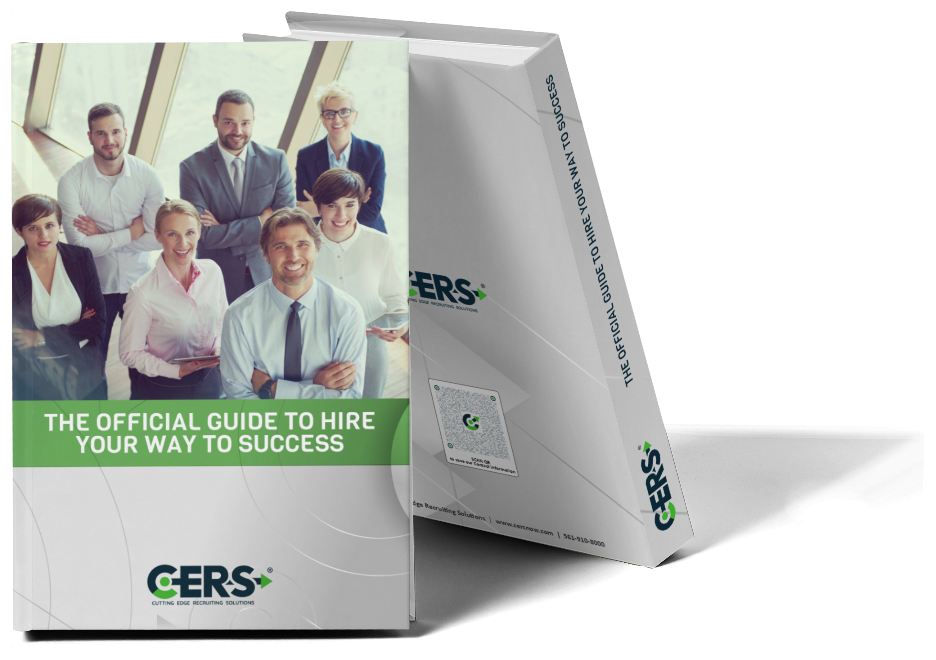Every company likes to think their retention and onboarding plan is golden. A frequent thought is “in this economy, I can find anyone on short notice.”
Not true. IT is not like the rest of the job market. What’s more; not only is it more difficult to find skilled IT professionals than most businesses assume, it’s also significantly more costly due to the higher average salaries than many other verticals.
Opportunity Costs
The average time of filling an IT spot depends on the position, but can take several months –
not including the amount of time it takes to train a new candidate and bring them up to speed. The average cost to replace an IT professional is roughly twice their salary. Once you’ve made the offer, it’s time get your new employee up to speed. Quickly.
So, the big question is, how efficient is your onboarding process?
Most businesses have a less-than-ideal process. While this is understandable, given that IT managers have other things to do besides tours for new employees, it is still lost productivity.
Common Onboarding Mistakes
- Bottlenecking: Bringing on too many associates at once does more harm than good. Often, large
companies like to bring in entire groups at once; avoid this. Give your new professionals personal attention, and when possible, start the on-boarding process for the more menial and administrative tasks before they ever show up. Spend a few hours addressing their concerns on the first day or two - Expecting immediate productivity. It can take anywhere from days to months before your employee starts legitimately contributing, depending on the complexity of their occupation, past experience, and how smooth the transition is. The expectations should be clear and fair; not having these two crucial elements can frustrate both the employee and employer.
- Data dump. This is a sure-fire method to frustrating your new employee in their first days or weeks. This goes along with bottleneck, but isn’t quite the same. Employment is a contract between two people, and hence, both sides have needs to be met. New employees are not an HR checklist; they’re people who need time to process information and get familiar with their new environment.
- Failure to fully integrate. At the end of the first day, they should feel comfortable with their team and work area. At the end of the first week, the office and adjacent teams. By the end of the first month, you want them to feel as if they’ve worked there for years.
Conclusion
There is a fine line between efficient and impersonal, and it’s a hard one to find. In the meantime, at Cutting Edge Recruiting Solutions, not only have we found it – we’ve perfected it. We work with countless companies, and have developed the expertise to either advise you on the best IT onboarding practices, or we can manage it for you. Either way, at CERS, we want to help your business grow and become more productive. Contact us today to see how we can help you!









